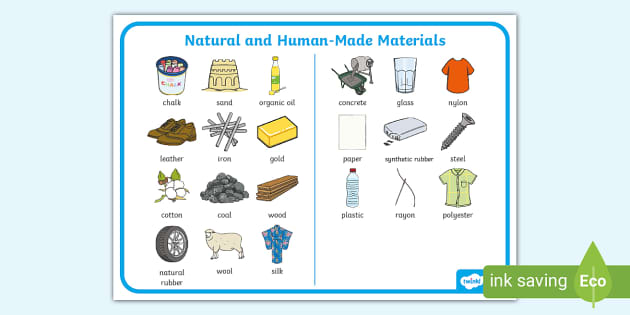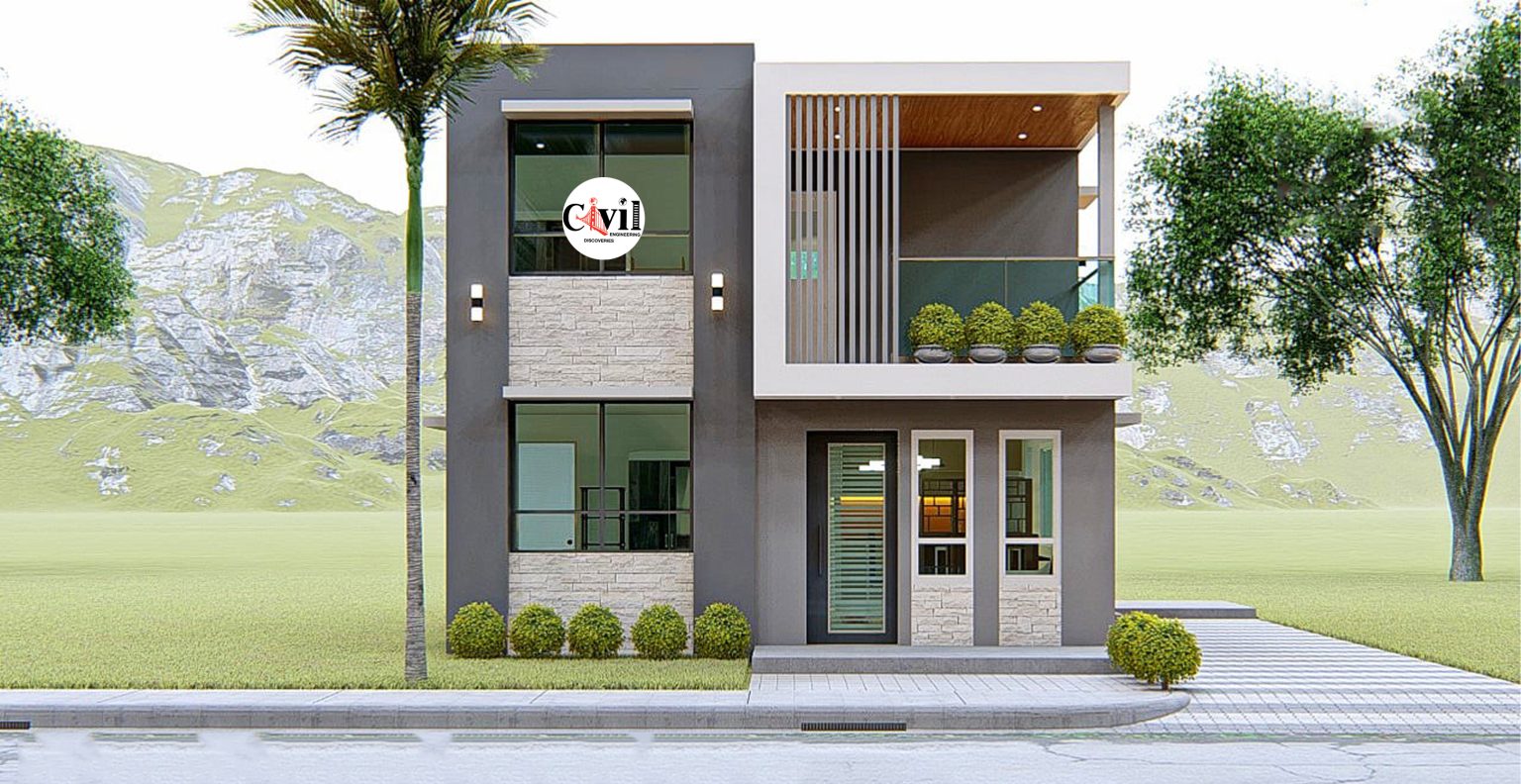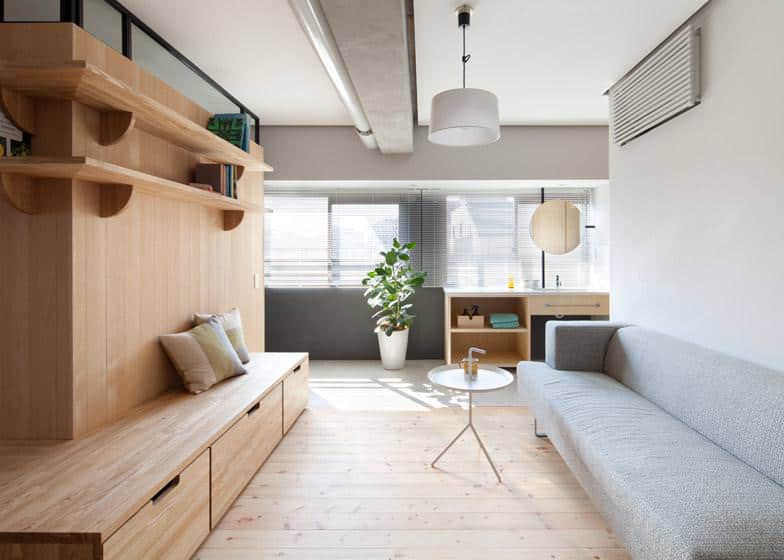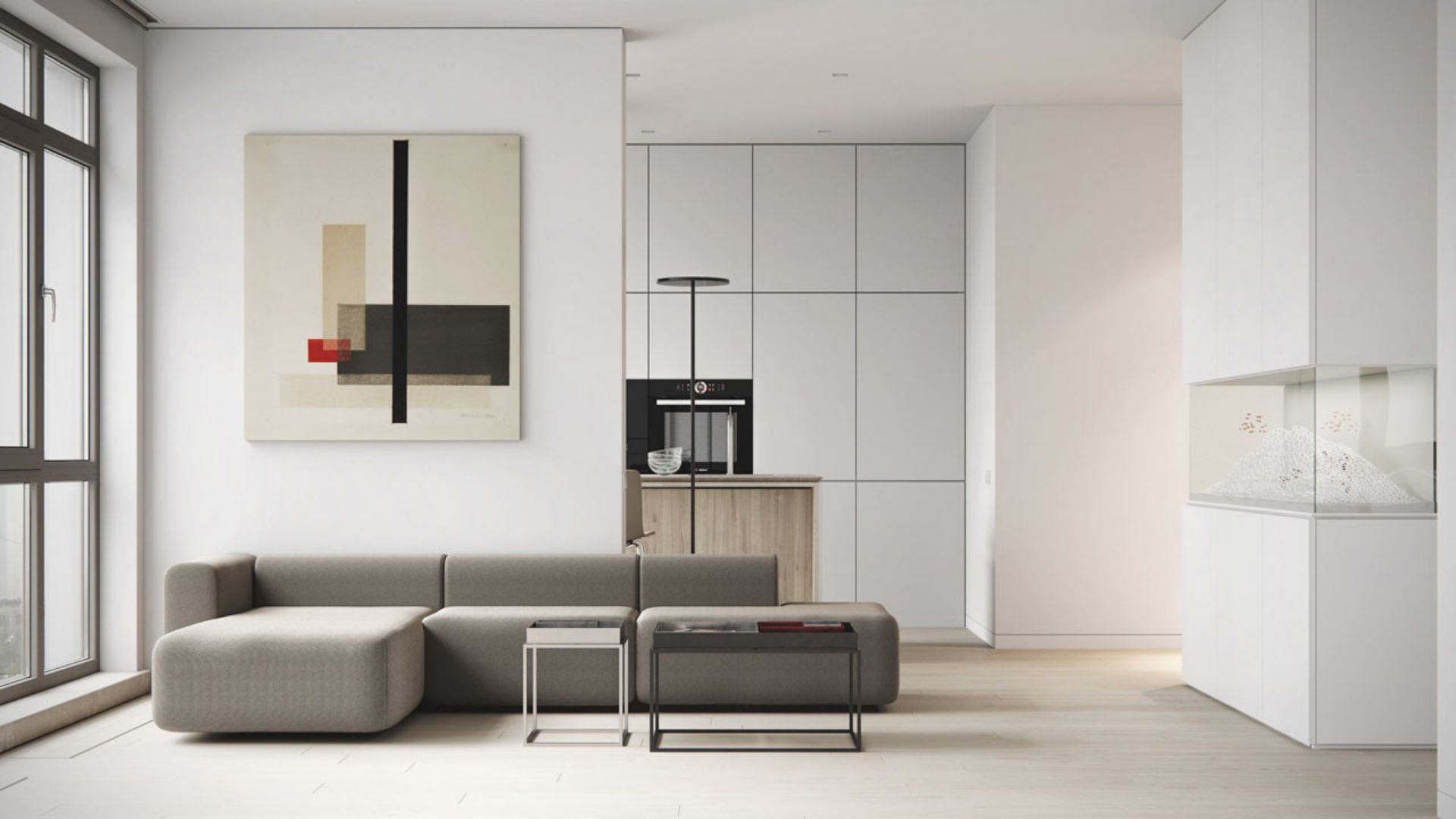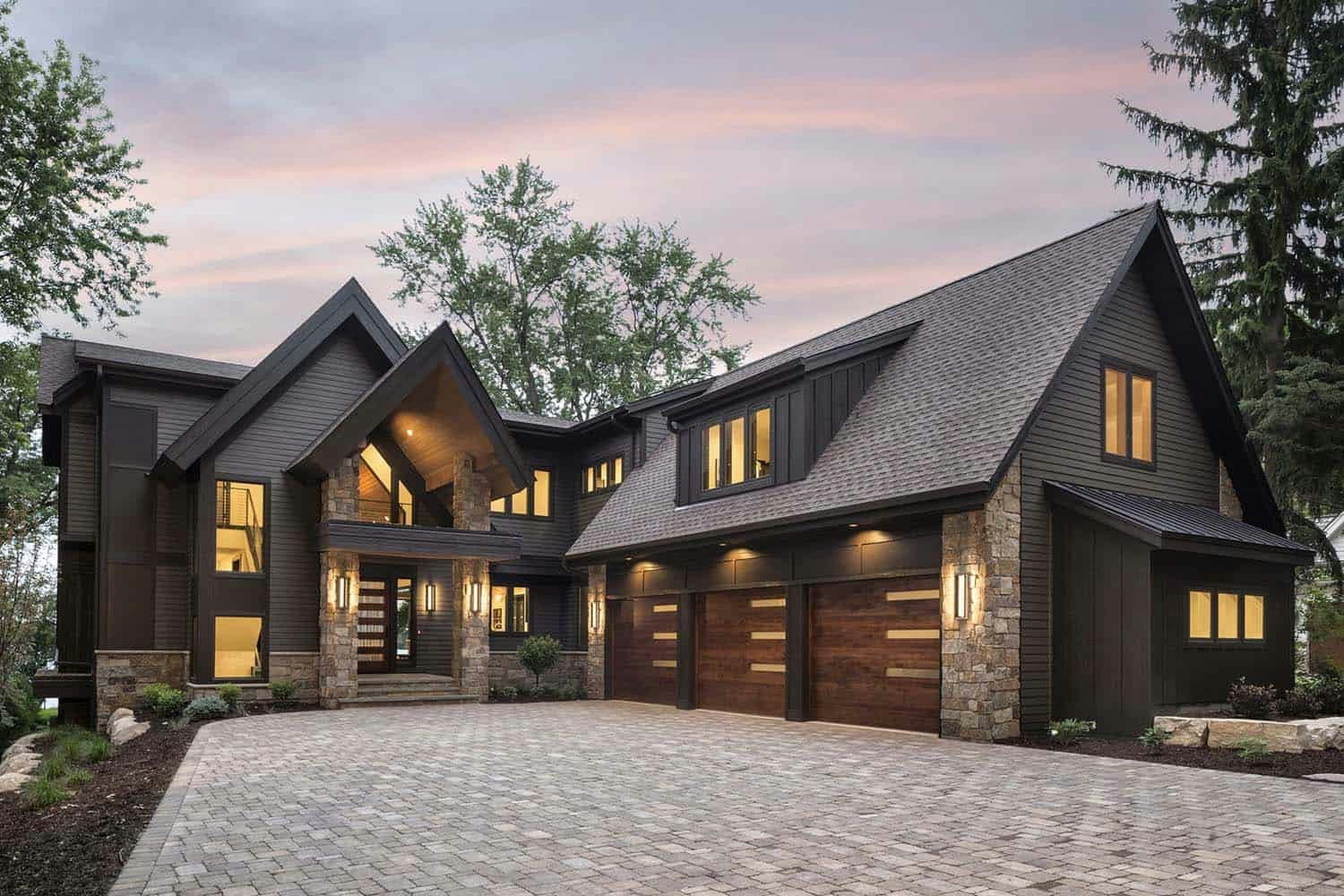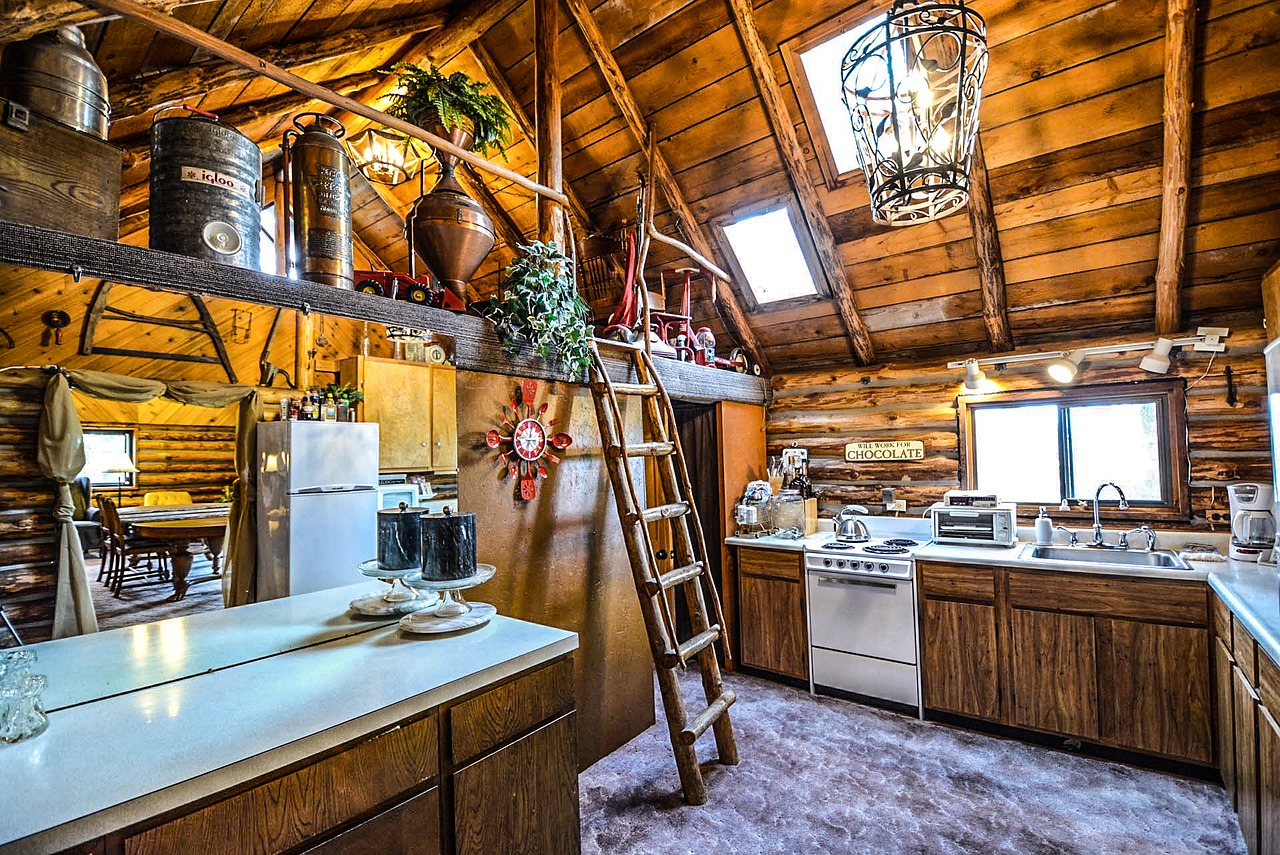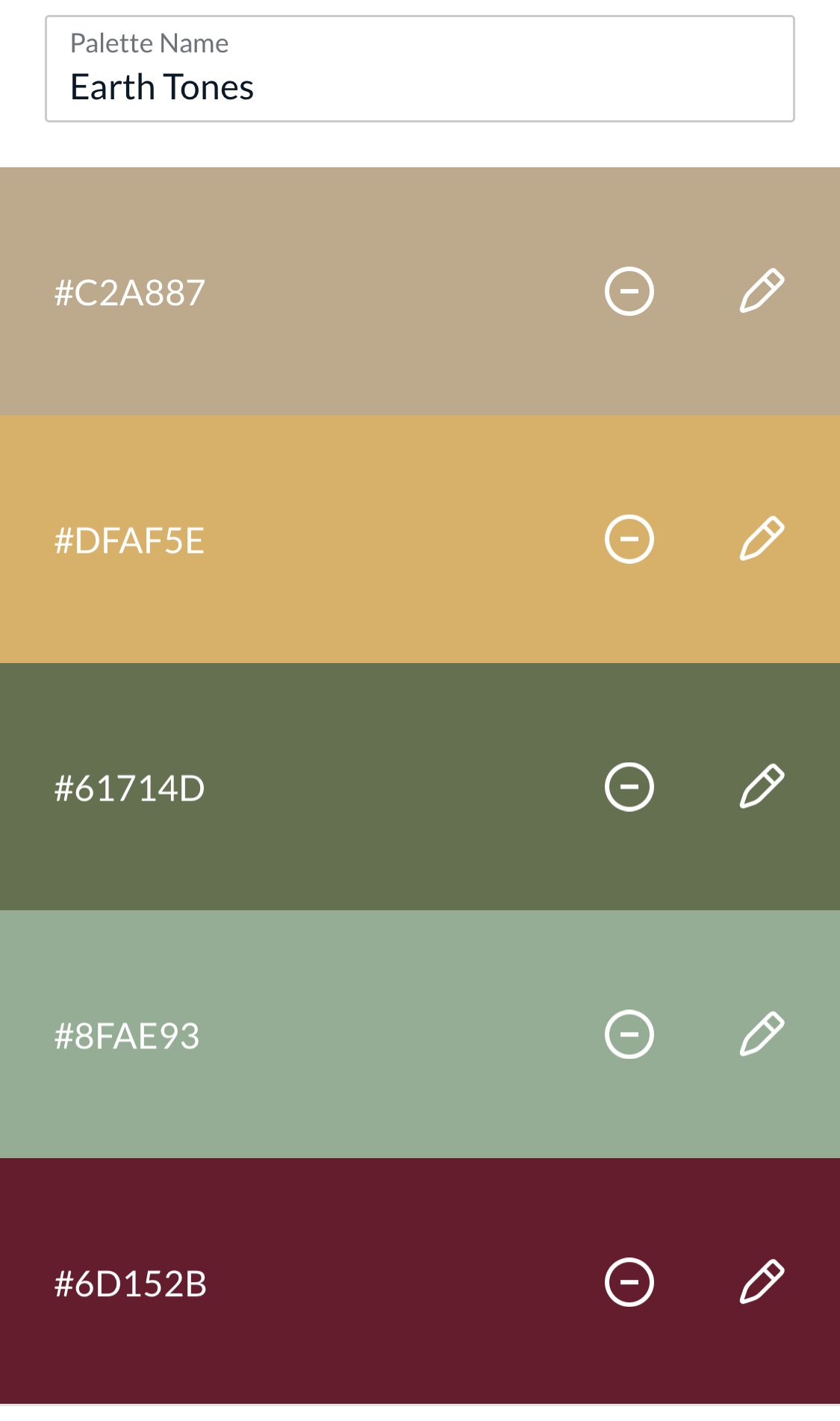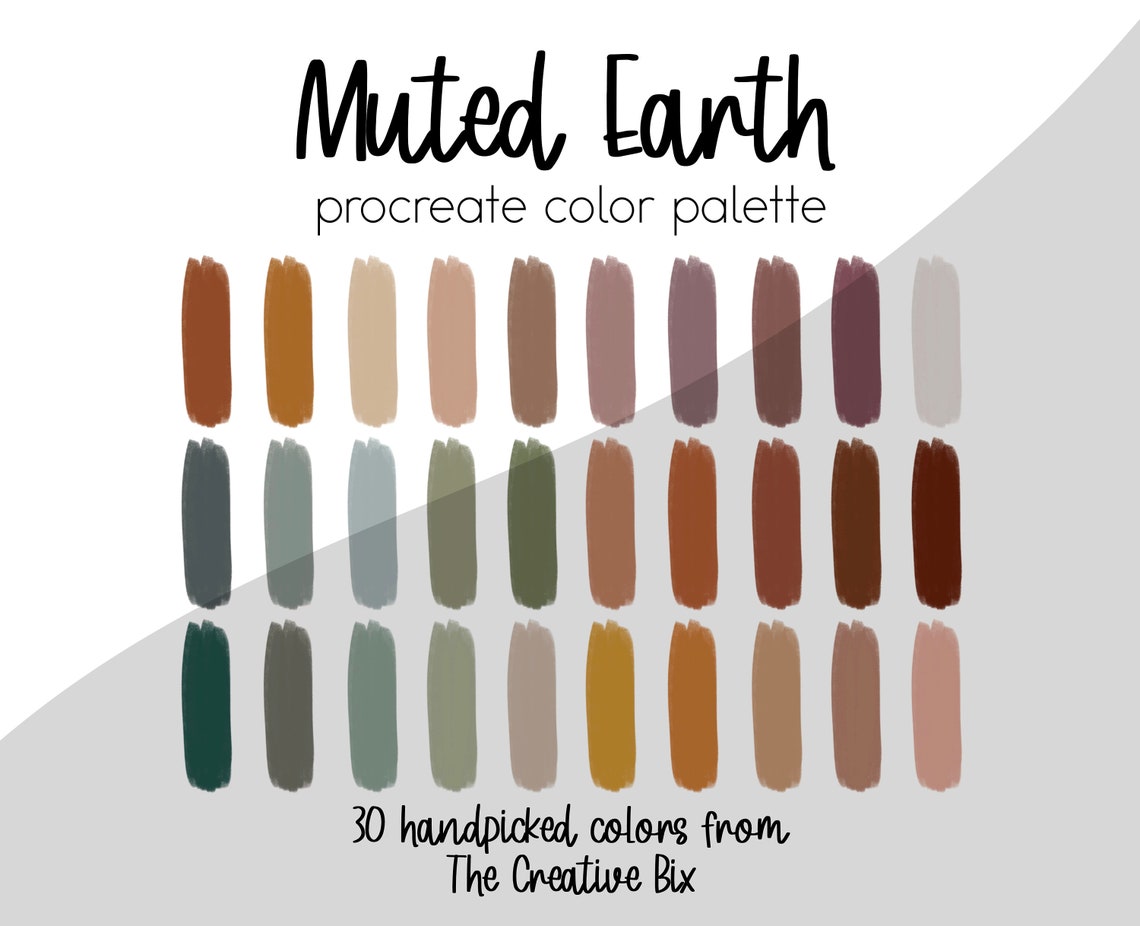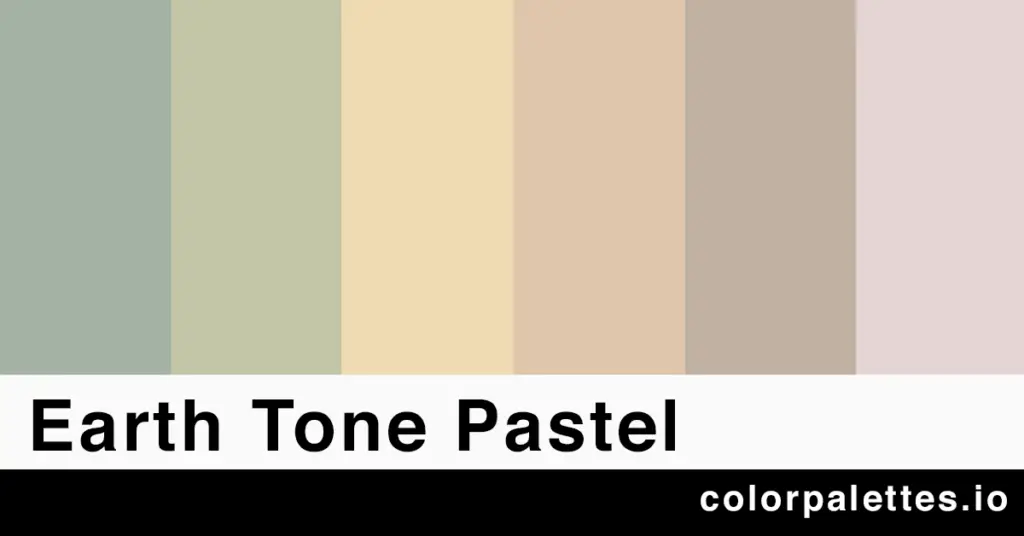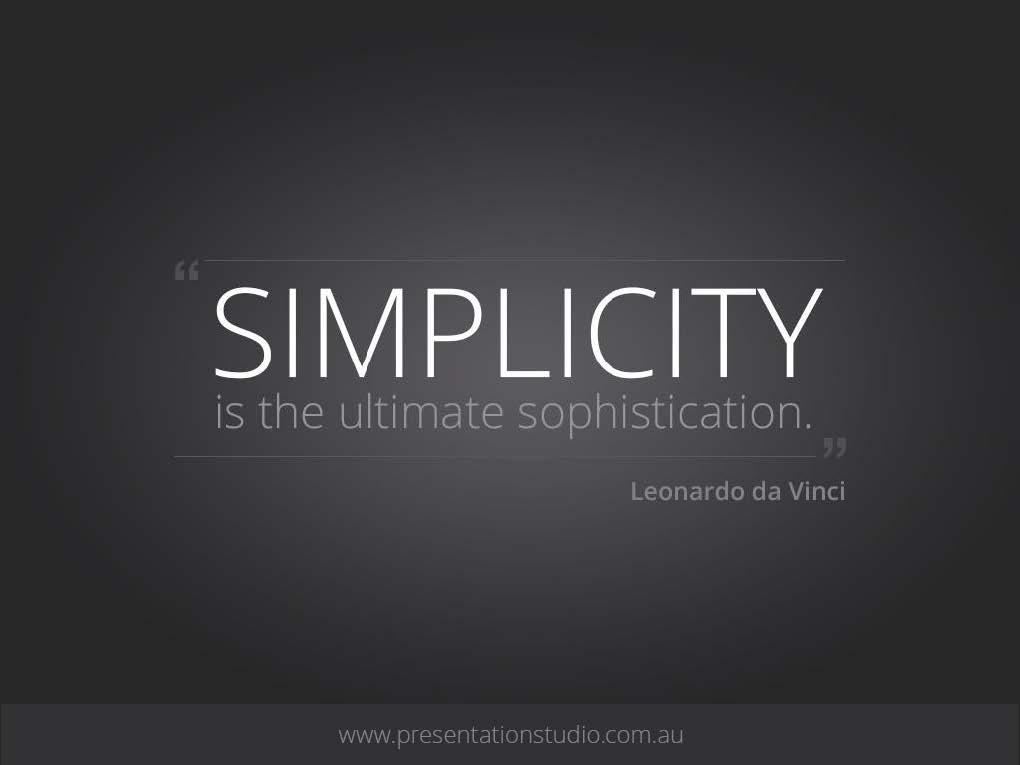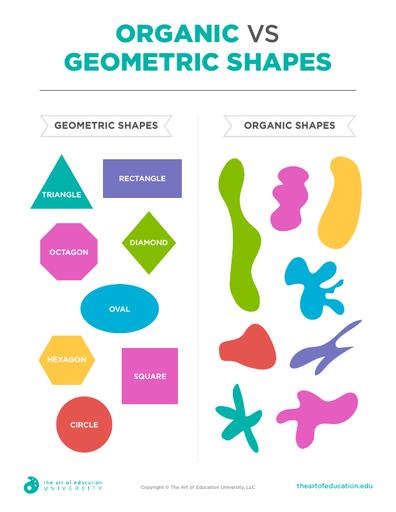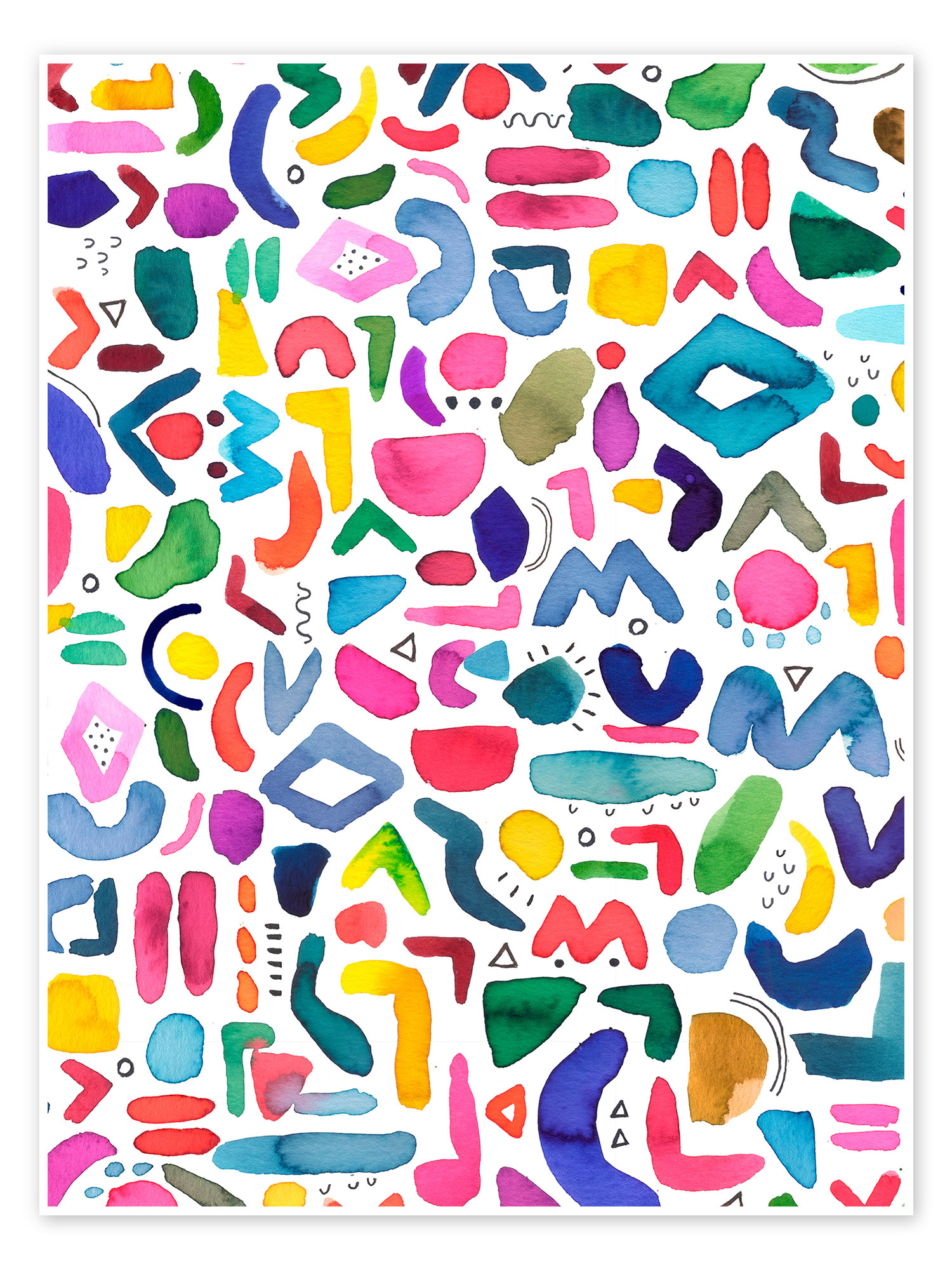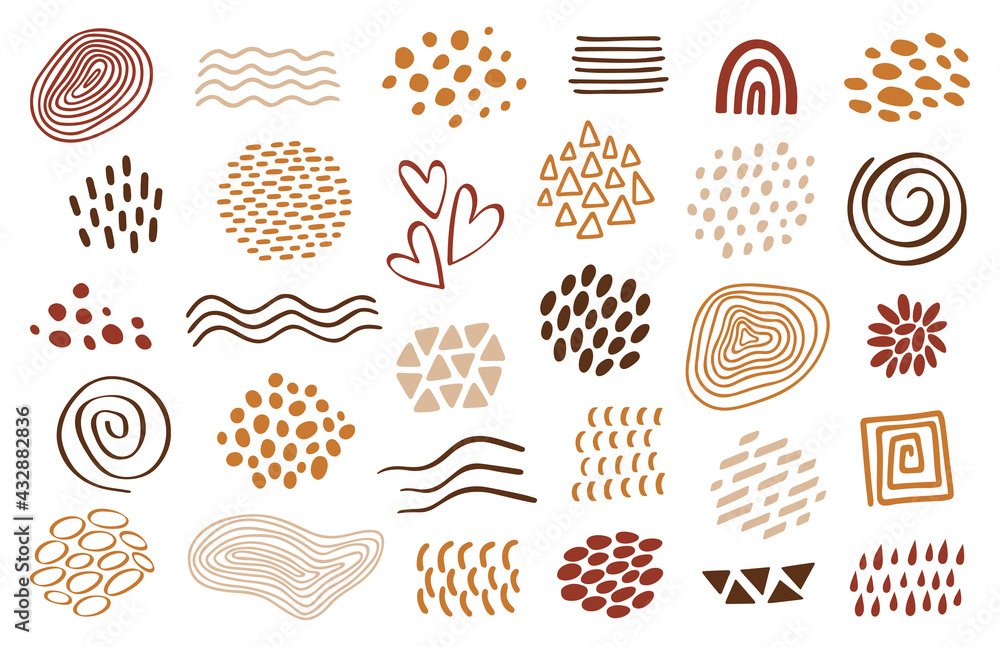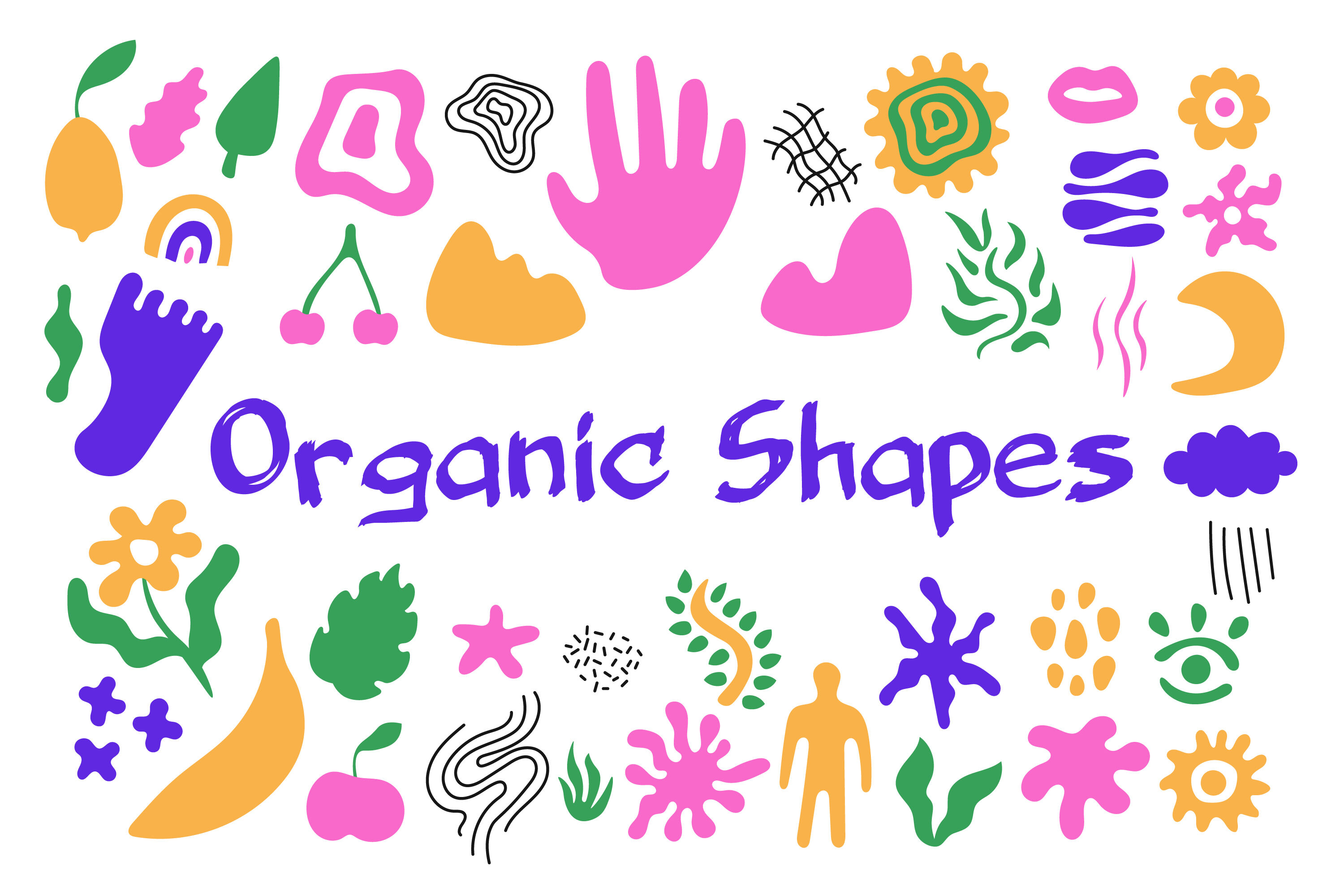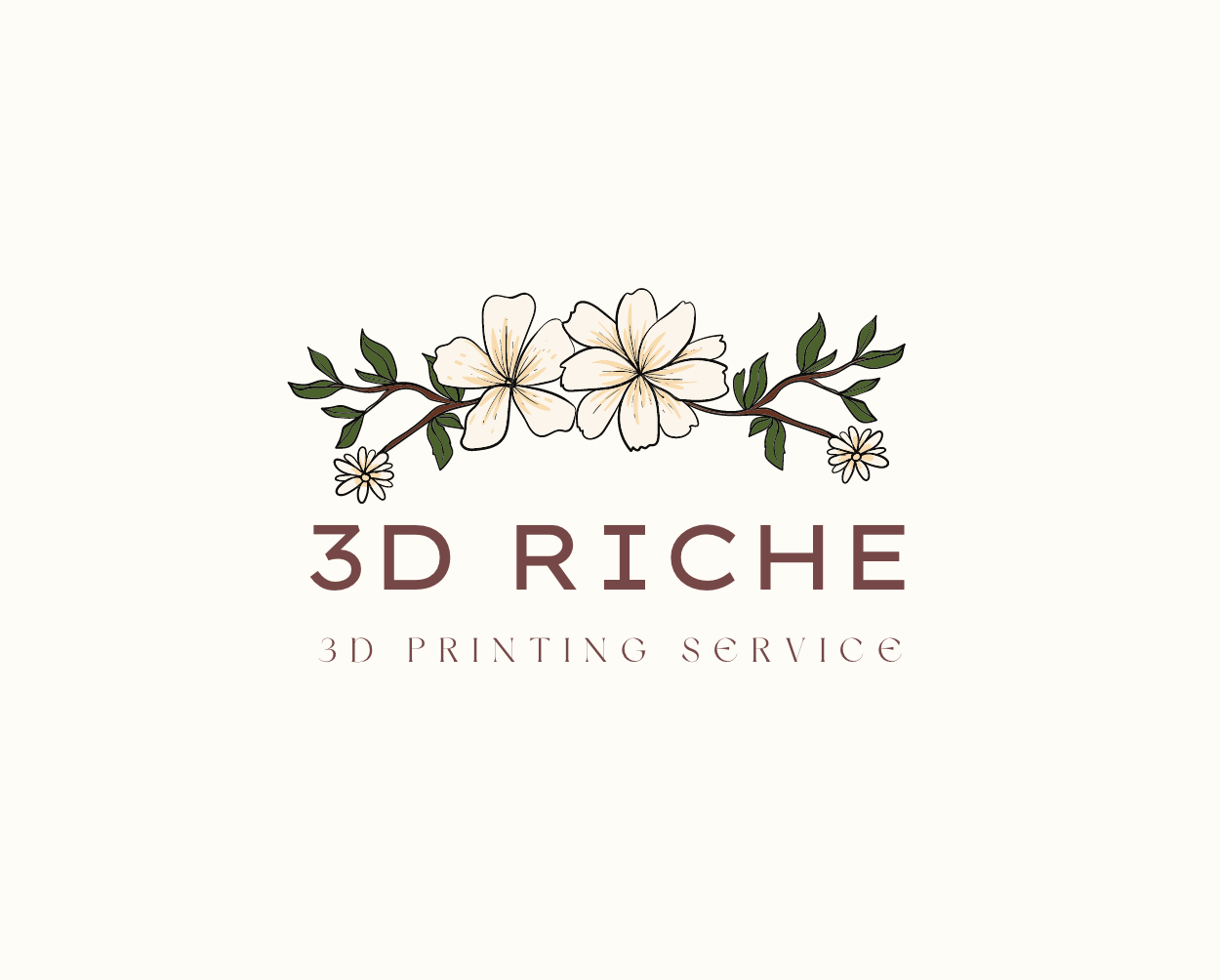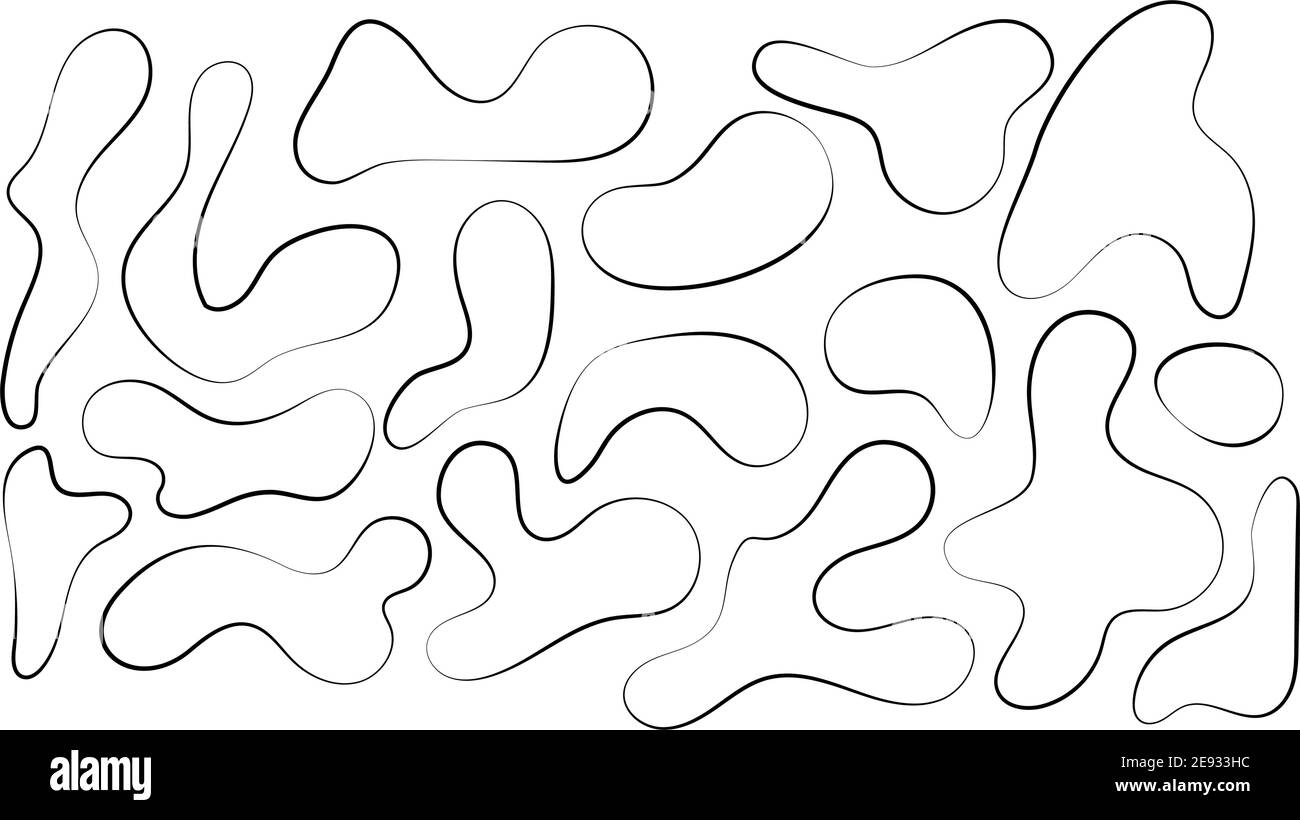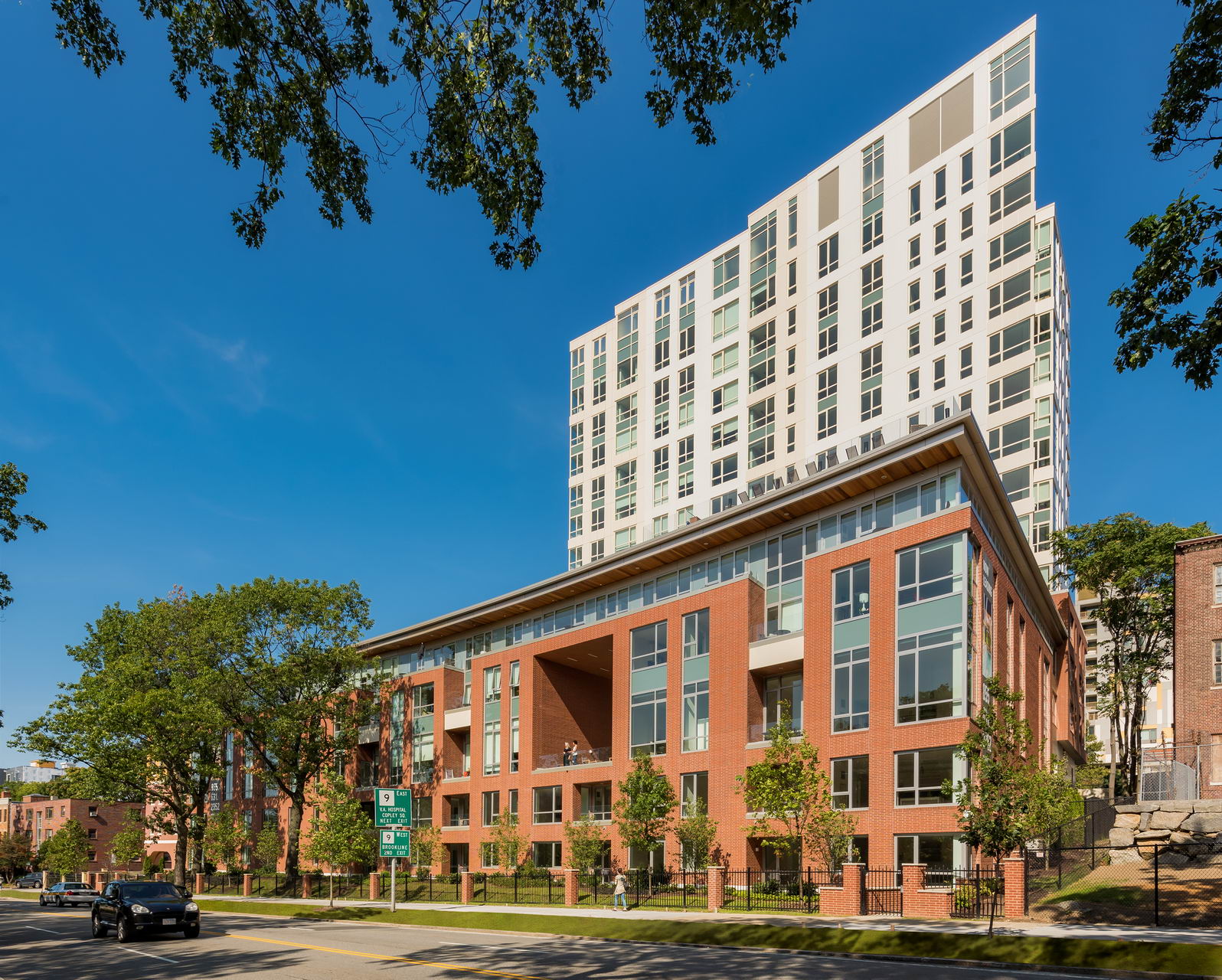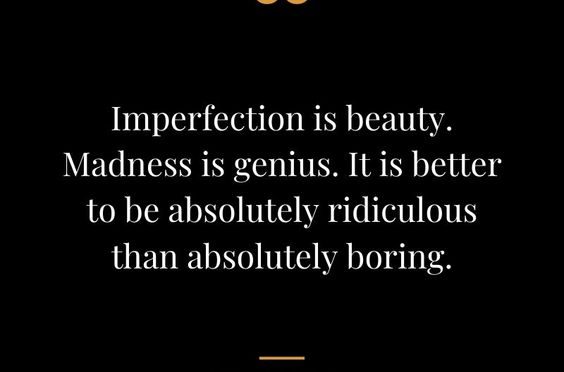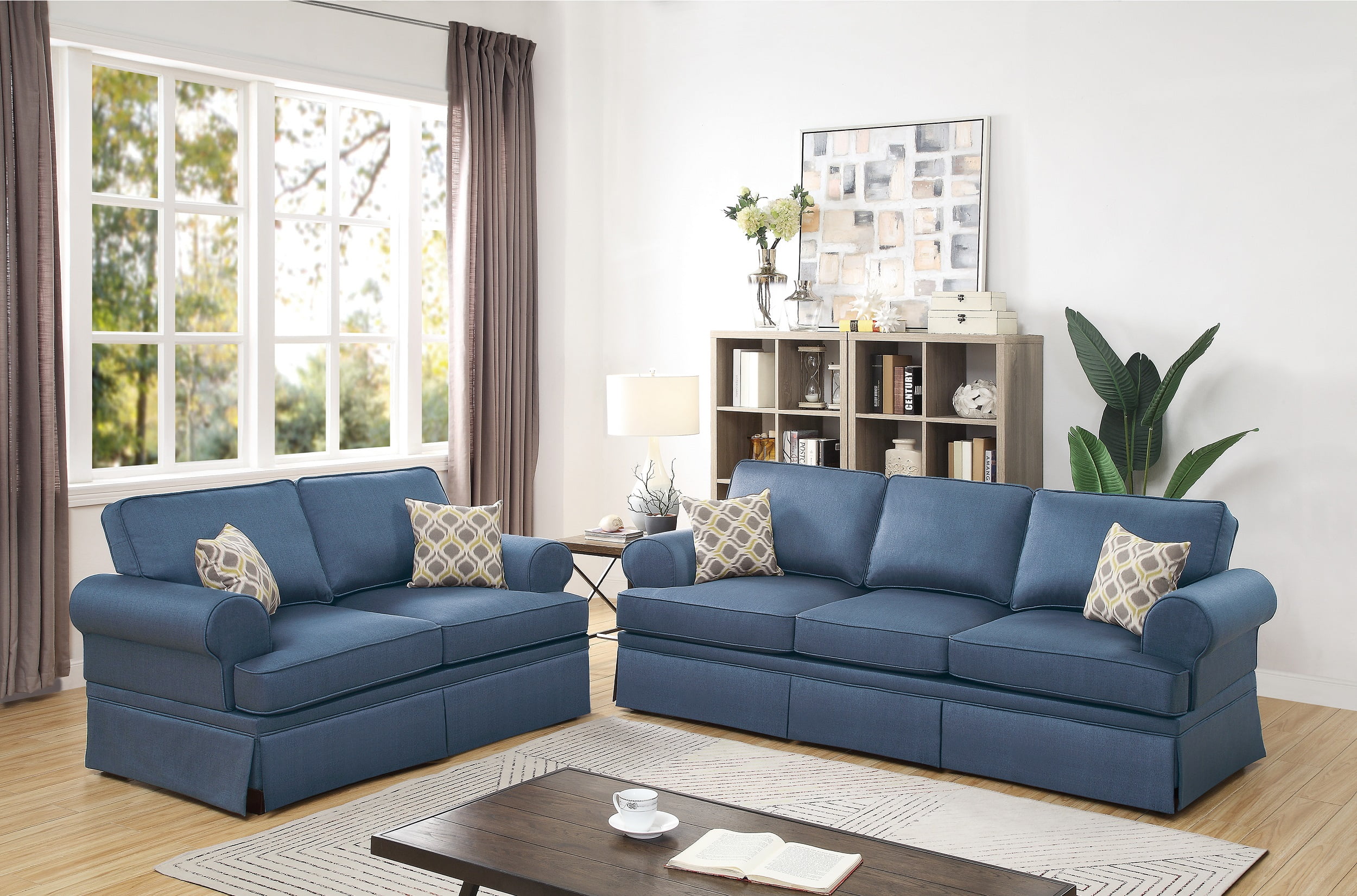One of the main principles of wabi sabi kitchen design is the use of natural materials. This includes wood, stone, bamboo, and other elements that are found in nature. These materials bring a sense of warmth and authenticity to the kitchen, creating a connection to the natural world.1. Natural Materials
Wabi sabi embraces the concept of simplicity and less is more. This is evident in the design of a wabi sabi kitchen, where clutter is minimized and only essential items are displayed. This minimalist approach allows for a more peaceful and serene atmosphere, which is a key aspect of the wabi sabi philosophy.2. Minimalist Design
In wabi sabi, imperfection is celebrated and seen as a source of beauty. This is reflected in the design of a wabi sabi kitchen, where items may have slightly uneven edges or rough textures. These imperfections add character and depth to the overall design, creating a unique and one-of-a-kind space.3. Imperfection
The wabi sabi style often incorporates a rustic aesthetic, with a focus on natural and weathered elements. This can be seen in the use of reclaimed wood, vintage pieces, and handcrafted items. The rustic look adds a sense of history and nostalgia to the kitchen, creating a warm and inviting atmosphere.4. Rustic Aesthetic
Earthy tones are a key aspect of wabi sabi design, as they reflect the colors found in nature. These can include shades of brown, green, and beige, which create a sense of calm and grounding in the kitchen. These colors also work well with natural materials, further enhancing the wabi sabi aesthetic.5. Earthy Tones
In wabi sabi, there is a strong emphasis on handcrafted items and the beauty of imperfection. This is seen in the use of hand-carved wooden utensils, hand-painted ceramics, and other handmade pieces in a wabi sabi kitchen. These elements add a personal touch and a sense of authenticity to the space.6. Handcrafted Elements
Along with minimalism, simplicity is a key element of wabi sabi design. This can be seen in the clean lines and uncluttered surfaces of a wabi sabi kitchen. The focus is on functionality and creating a space that is easy to use and maintain, without unnecessary frills or adornments.7. Simplicity
Wabi sabi design often incorporates organic shapes and forms, such as rounded edges and asymmetrical patterns. This reflects the natural and unpredictable patterns found in nature, adding a sense of movement and flow to the kitchen. These shapes also add visual interest and a sense of balance to the space.8. Organic Shapes
The overall goal of wabi sabi design is to create a sense of serenity and tranquility in the home. This is achieved through the use of natural elements, minimalism, and a focus on imperfection. A wabi sabi kitchen should feel calm and peaceful, providing a space to relax and unwind.9. Serenity
One of the key principles of wabi sabi is to embrace flaws and imperfections. This applies not only to the design of the kitchen, but also to the way it is used. A wabi sabi kitchen is not meant to be perfect, but rather a reflection of the imperfect nature of life. This mindset allows for a more relaxed and accepting approach to the space, creating a sense of harmony and balance in the home.10. Embracing Flaws
The Beauty of Imperfection in Wabi Sabi Kitchen Design

The Essence of Wabi Sabi Design
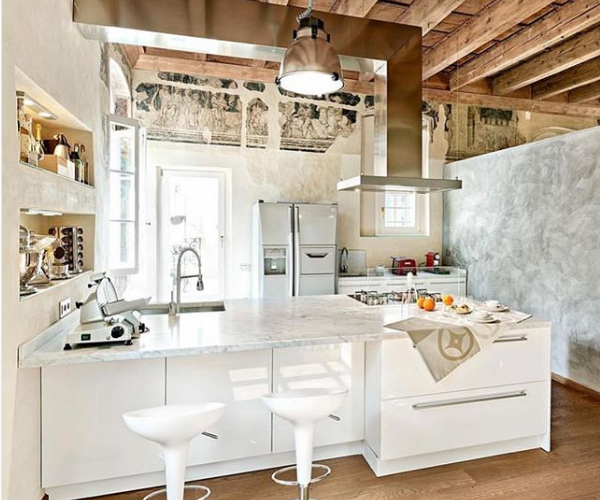 Wabi Sabi is a Japanese design philosophy that embraces the beauty of imperfection and impermanence. It is a celebration of the natural and unrefined, and it encourages people to find beauty in simplicity and authenticity. This design concept originated from the ancient Japanese tea ceremony, where simplicity and imperfection were highly valued. In recent years, Wabi Sabi has become a popular trend in interior design, especially in the kitchen. Wabi Sabi kitchen design is all about creating a space that is raw, imperfect, and full of character.
Wabi Sabi is a Japanese design philosophy that embraces the beauty of imperfection and impermanence. It is a celebration of the natural and unrefined, and it encourages people to find beauty in simplicity and authenticity. This design concept originated from the ancient Japanese tea ceremony, where simplicity and imperfection were highly valued. In recent years, Wabi Sabi has become a popular trend in interior design, especially in the kitchen. Wabi Sabi kitchen design is all about creating a space that is raw, imperfect, and full of character.
The Elements of Wabi Sabi Kitchen Design
The Beauty of Imperfection
 One of the key principles of Wabi Sabi design is the acceptance of imperfection. In a Wabi Sabi kitchen, imperfections are not seen as flaws but rather as unique and beautiful features that add character and charm to the space. For example, a handmade ceramic bowl with a crack or uneven edges would be considered more beautiful in Wabi Sabi design than a perfectly symmetrical and mass-produced one. This concept of embracing imperfection can also be seen in the use of reclaimed or recycled materials, which not only add a rustic and unique touch to the kitchen but also promote sustainability.
One of the key principles of Wabi Sabi design is the acceptance of imperfection. In a Wabi Sabi kitchen, imperfections are not seen as flaws but rather as unique and beautiful features that add character and charm to the space. For example, a handmade ceramic bowl with a crack or uneven edges would be considered more beautiful in Wabi Sabi design than a perfectly symmetrical and mass-produced one. This concept of embracing imperfection can also be seen in the use of reclaimed or recycled materials, which not only add a rustic and unique touch to the kitchen but also promote sustainability.
Creating a Sense of Tranquility
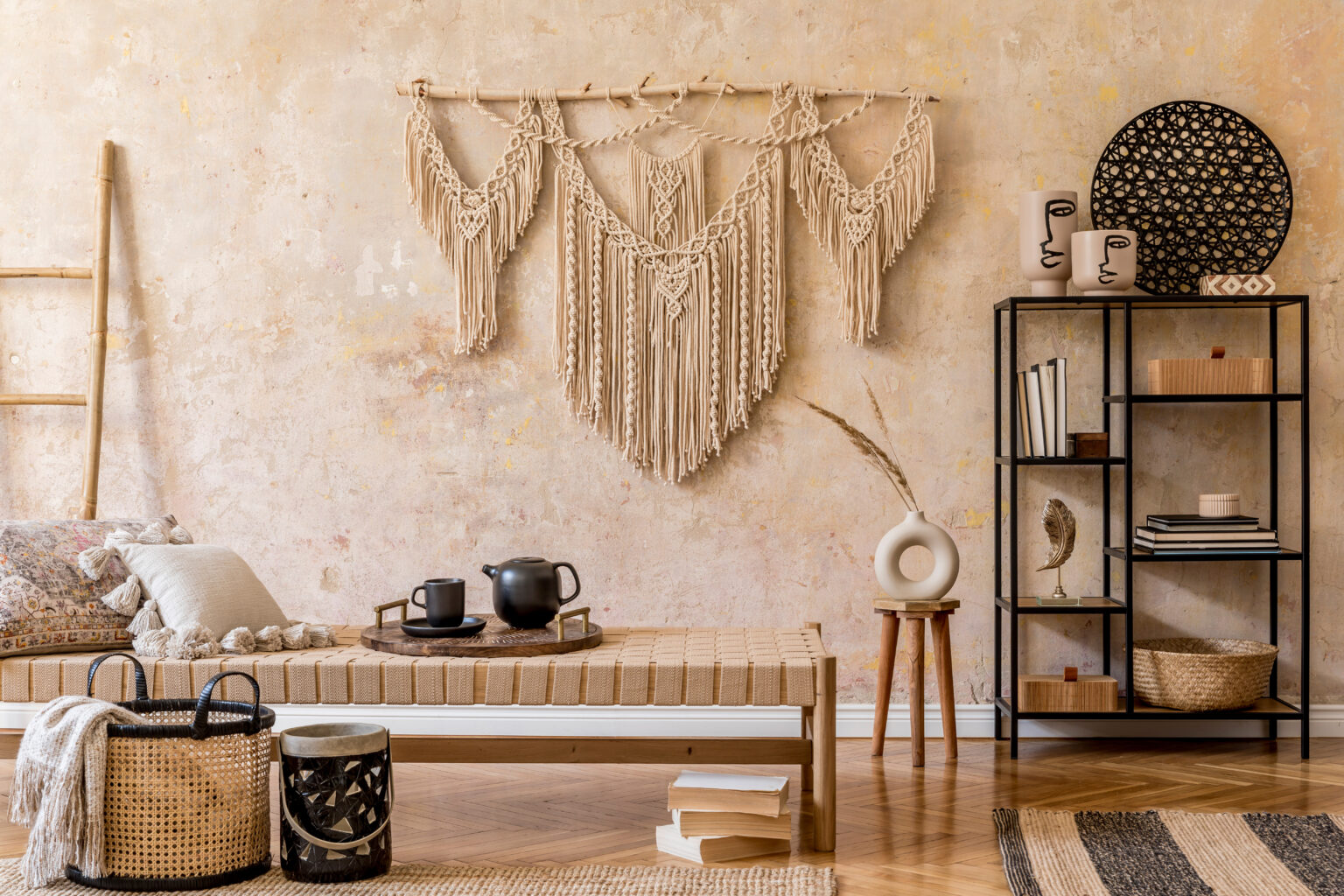 In today's fast-paced world, the kitchen has become more than just a place to cook and eat. It has become a space for relaxation and gathering with friends and family. Wabi Sabi kitchen design creates a sense of
calm and tranquility
through its use of natural elements and simplicity. The raw and imperfect nature of the design encourages people to slow down and appreciate the present moment, making it the perfect space for unwinding after a long day.
In today's fast-paced world, the kitchen has become more than just a place to cook and eat. It has become a space for relaxation and gathering with friends and family. Wabi Sabi kitchen design creates a sense of
calm and tranquility
through its use of natural elements and simplicity. The raw and imperfect nature of the design encourages people to slow down and appreciate the present moment, making it the perfect space for unwinding after a long day.
In Conclusion
 Wabi Sabi kitchen design is more than just a trend; it is a way of life. It teaches us to appreciate the beauty in imperfection and to find joy in simplicity. By incorporating the elements of Wabi Sabi into your kitchen design, you can create a space that is not only aesthetically pleasing but also promotes a sense of peace and harmony. So embrace the imperfections and let the beauty of Wabi Sabi enhance your kitchen space.
Wabi Sabi kitchen design is more than just a trend; it is a way of life. It teaches us to appreciate the beauty in imperfection and to find joy in simplicity. By incorporating the elements of Wabi Sabi into your kitchen design, you can create a space that is not only aesthetically pleasing but also promotes a sense of peace and harmony. So embrace the imperfections and let the beauty of Wabi Sabi enhance your kitchen space.






